 Built in the memory of the victory over a King of the North
Built in the memory of the victory over a King of the NorthThe sanctum sanctorum - The Shiva lingam is said to be bigger in size than the one at the Brahadeeshwara Temple
 The Singamuga (Lion Face) Well
The Singamuga (Lion Face) Well The glorious temple at Darasuram built by a Chola King
The glorious temple at Darasuram built by a Chola King Entrance to the great Darasuram, the temple is built in such a way that anyone who wants to go into the temple has to wash their feet in the water pool before the temple
Entrance to the great Darasuram, the temple is built in such a way that anyone who wants to go into the temple has to wash their feet in the water pool before the temple Architectural marvel inside the Darasuram temple (View 1)
Architectural marvel inside the Darasuram temple (View 1)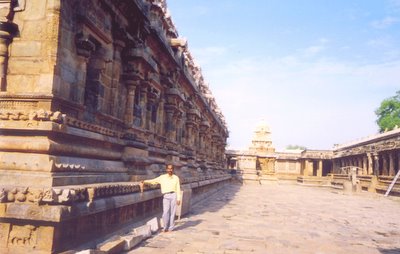 Another view of the architectural marvel (View 2)
Another view of the architectural marvel (View 2) A Gestalt shift of a bull and an elephant at Darasuram
A Gestalt shift of a bull and an elephant at Darasuram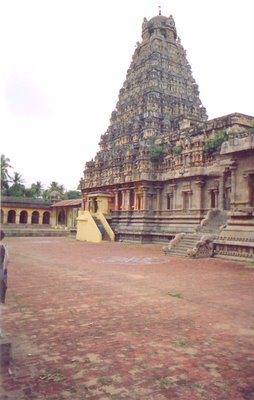 Brilliance in architecture at Thirubuvanam (again by another Chola King)
Brilliance in architecture at Thirubuvanam (again by another Chola King) A Gestalt shift of a bull and an elephant at Thirubuvanam
A Gestalt shift of a bull and an elephant at ThirubuvanamMore to come, until then...
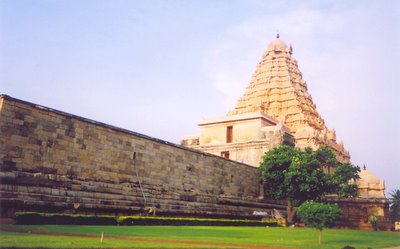
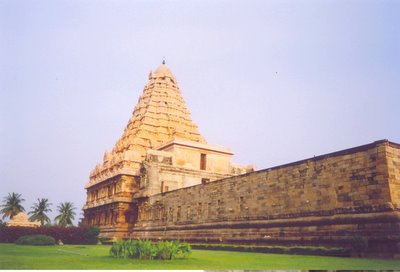
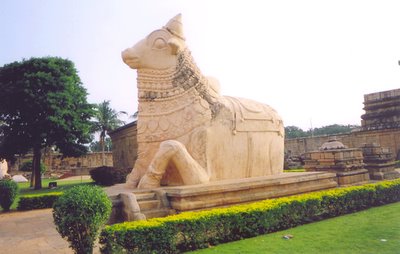



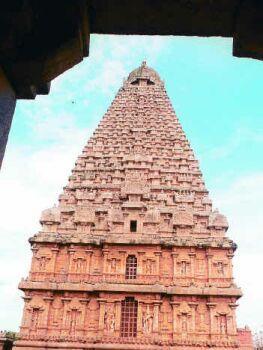





 The base of the Periya Kovil, just compare the size of the Vimanam (Tower) with the people standing at the base. the view is from the behind of the Temple Vimana
The base of the Periya Kovil, just compare the size of the Vimanam (Tower) with the people standing at the base. the view is from the behind of the Temple Vimana







